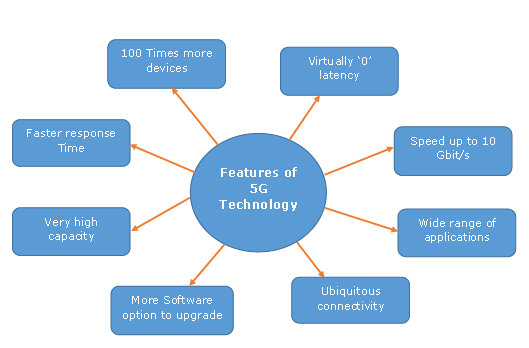Understanding WCDMA: The Role of Wideband CDMA in Cellular Networks
telcomatraining.com – In today’s world, cellular networks have become a cornerstone of communication, enabling us to stay connected at all times. Behind the scenes of these networks lies a complex set of technologies that work in harmony to provide reliable service. One such technology is WCDMA (Wideband Code Division Multiple Access), a key player in the evolution of mobile networks. This article explores the role of WCDMA in cellular networks, its significance, and how it contributes to the seamless connectivity we enjoy today.
What is WCDMA?
WCDMA stands for Wideband Code Division Multiple Access, a third-generation (3G) mobile communication technology that allows multiple users to share the same frequency band. Unlike traditional systems that assign individual frequency channels to users, WCDMA uses a wider bandwidth and spreads the data across a broad range of frequencies. This allows it to support high data rates and better use of available spectrum, leading to improved call quality and faster internet speeds.
WCDMA is a key component of 3G networks, offering a major advancement over earlier technologies like GSM (Global System for Mobile Communications). By using wideband signals and more advanced techniques for managing interference and capacity, WCDMA was able to support a variety of applications, such as video calls, high-speed internet, and mobile data services, which were not possible with previous network generations.
The Key Features of WCDMA
1. Wideband Transmission
One of the primary benefits of WCDMA is its ability to utilize wideband frequencies, which enables the transmission of large amounts of data. WCDMA uses a frequency range from 5 MHz up to 20 MHz, much broader than older technologies like GSM, which relied on narrower frequency bands. This wider bandwidth translates into higher data transfer rates, making it possible to enjoy faster browsing, video streaming, and better voice quality during calls.
2. Code Division Multiple Access (CDMA)
WCDMA belongs to the family of CDMA technologies, which are designed to allow multiple users to share the same frequency band. This is accomplished by assigning each user a unique code. The system spreads the signal of each user over a wide frequency range, and the receiver uses the corresponding code to extract the signal. This results in reduced interference and better capacity for handling more users in a given area.
3. Improved Data Throughput
With WCDMA, users can experience faster download and upload speeds compared to earlier technologies. This enhanced data throughput is critical for supporting data-intensive applications such as video conferencing, mobile gaming, and internet browsing on mobile devices. WCDMA supports theoretical data rates of up to 384 kbps for mobile users and up to 2 Mbps in stationary scenarios, depending on the network infrastructure.
4. Support for Voice and Data Simultaneously
One of the standout features of WCDMA is its ability to support simultaneous voice and data transmission. Unlike older 2G technologies, which separated voice and data services, WCDMA can handle both efficiently on the same network. This is essential for modern smartphones, which require constant access to the internet while making voice calls, such as for messaging apps or video calls.
The Role of WCDMA in Cellular Networks
WCDMA plays a critical role in the development of modern cellular networks, particularly in the transition from 2G to 3G technology. Its introduction marked a significant leap forward in mobile communication capabilities, enabling faster data speeds, better coverage, and more efficient use of available spectrum.
As the backbone of 3G networks, WCDMA allows mobile operators to provide a wide range of services, including mobile internet, multimedia content, and high-quality voice calls. This was a game-changer for industries such as entertainment, e-commerce, and social media, as it paved the way for the mobile-first internet experience that has become commonplace today.
WCDMA and LTE: The Evolution to 4G
While WCDMA was the driving force behind 3G cellular networks, it has since evolved into newer technologies such as LTE (Long-Term Evolution) for 4G networks. WCDMA laid the foundation for high-speed mobile data and served as a stepping stone to the development of LTE, which offers even faster data rates and better performance in densely populated areas.
Despite the transition to newer technologies, WCDMA remains important in regions where 3G networks are still in operation, especially in countries with limited 4G deployment. It continues to provide essential mobile services, ensuring that users in these areas can still enjoy reliable connectivity and internet access.
Conclusion
In summary, WCDMA (Wideband CDMA) has played a pivotal role in shaping modern cellular networks. Its ability to support high-speed data transfer, simultaneous voice and data services, and efficient spectrum utilization has made it a cornerstone of 3G mobile technologies. Although newer technologies like LTE and 5G have now taken over the spotlight, WCDMA remains a vital part of the global mobile network infrastructure, especially in regions where 3G is still widely used. Understanding WCDMA’s contributions helps to appreciate the evolution of mobile communications and the technological advances that continue to shape the way we connect today.







